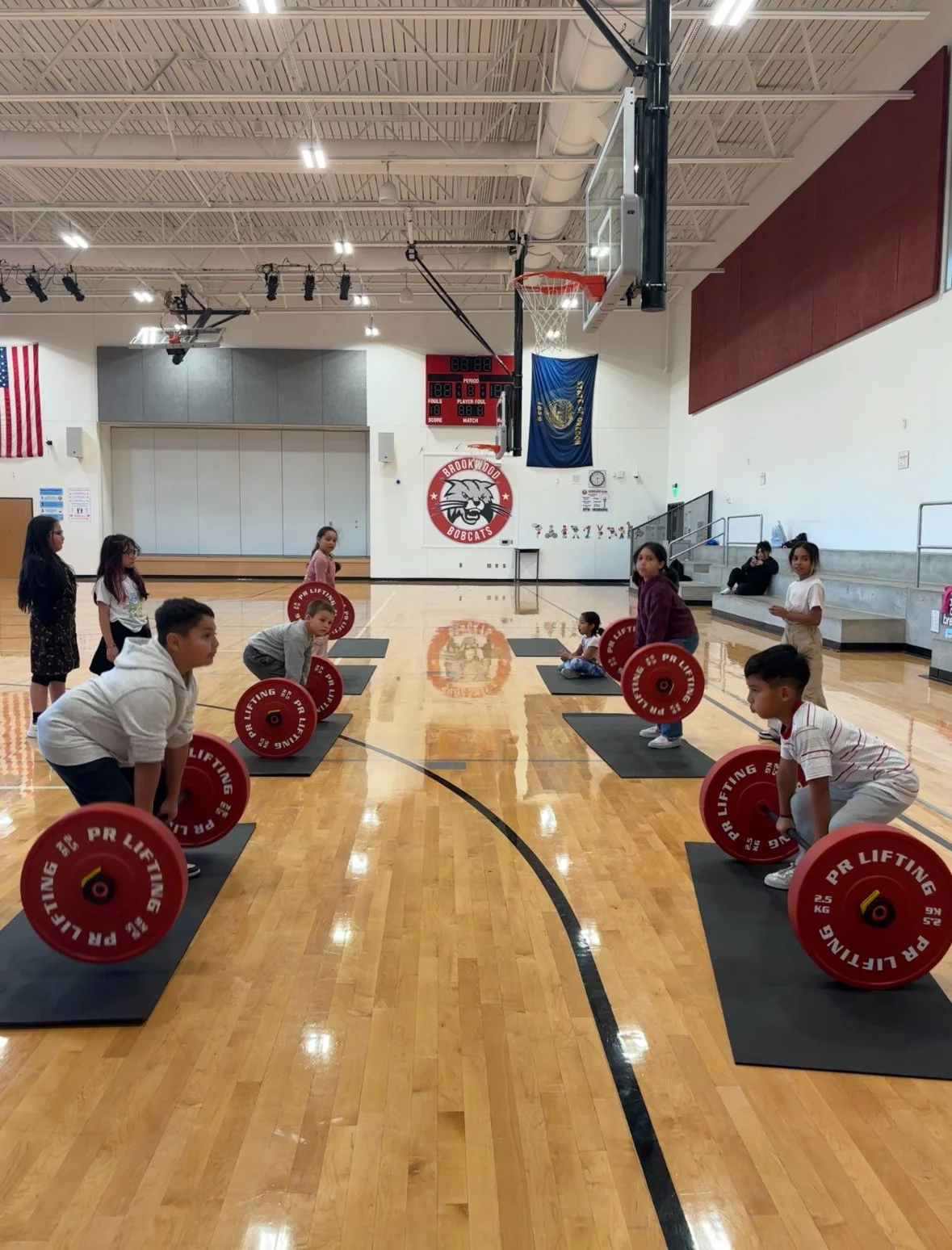Responding to Barriers in Sport: Why Us, Why Now?
Almost all of us can look back on positive memories of playing sports—a coach who impacted us, friends we made, and lessons we learned. Today, more than ever, there are huge barriers preventing youth from participating in sport. A big part of my own story was shaped by this same reality. Going into middle school, club sports were too expensive, and I ended up playing only one to two months out of the year in the local recreation league. Meanwhile, many of my peers played year-round, with daily opportunities for movement and connection through sport. However, these opportunities came at a high price, often costing families thousands of dollars in fees and travel.
This is a common story, echoed in conversations with parents and young adults reflecting on their own experiences. The problem is that youth sports are being professionalized, leaving fewer opportunities for affordable, local physical activity. This trend isn’t good for kids who are pushed out due to cost, and it’s not always good for kids who specialize at a high level from a very young age.
AMIGOS seeks to address this broader issue by tackling the physical inactivity crisis head-on and actively removing barriers to movement. This mission is what drives me to coach for Amigos; from a young age, I’ve been motivated to help solve this problem. Through my academic research and coaching experience, after-school or in-school models of physical activity promotion seem to remove barriers most effectively.
Physical inactivity is a significant public health concern, contributing heavily to the current disease burden in the United States. It is identified as the fifth largest contributor to disease, with annual healthcare costs related to low physical activity estimated at $117 billion (Centers for Disease Control and Prevention). Research shows a critical decline in physical activity among adolescents—particularly between ages 10 and 13—coinciding with the transition from elementary to middle school (Pate et al.). This period is marked by the steepest drop in total physical activity hours during adolescence. Factors contributing to this decline include reduced social support for physical activity, lower self-efficacy, and limited access to community resources (Pate et al.).
According to research on racial and ethnic disparities in health behaviors, “evidence indicates that the earlier health-enhancing behaviors are adopted, the greater the likelihood that the chronic illnesses that differentially affect older racial/ethnic minorities can be reduced or prevented” (August and Sorkin 245). Additionally, a CDC study reported that 70 percent of high-income families participate in sports, compared with 51 percent of middle-income families and 31 percent of families below the poverty line (Black et al.). The same study found that Seattle-area middle schoolers from more affluent families were three times as likely to meet physical activity guidelines.
For youth ages 6–17, the CDC recommends 60 or more minutes of moderate to vigorous physical activity daily, along with muscle- and bone-strengthening activities at least three days a week (“Top 10 Things to Know”). Examples include running, jumping, weightlifting, and body-weight exercises. Many youth are not meeting these guidelines, and high levels of sedentary behavior increase their risk for chronic diseases such as heart disease, type 2 diabetes, and cancer. Understanding the local factors that influence physical activity is essential for community organizations aiming to address these disparities and promote long-term health.
Educating community leaders, school officials, families, and health professionals about the consequences of barriers to sport is the first step in solving this problem. These conversations are vital to increasing awareness of an emerging issue that may contribute to global disease burden.
Everyone can play a role in creating an environment where all youth can experience the power of sport. You can make an impact by donating time or resources to an organization like Amigos, volunteering as a youth sports coach in a recreation league, or—if you’re a parent—organizing local activities centered around movement.
Feel free to email me at adrisalazar@odamigos if you’d like to share your experience or discuss how your family or community encounters barriers to physical activity.
References:
August, Kristin J., and Dara H. Sorkin. “Racial/Ethnic Disparities in Exercise and Dietary Behaviors of Middle-Aged and Older Adults.” Journal of General Internal Medicine, vol. 26, no. 3, 2011, pp. 245–50. doi:10.1007/s11606-010-1514-7.
Black, Lindsey I., et al. Organized Sports Participation Among Children Aged 6–17 Years: United States, 2020. NCHS Data Brief, no. 441, National Center for Health Statistics, 2022. doi:10.15620/cdc:119026.
Centers for Disease Control and Prevention. “Active People, Healthy NationSM at a Glance.” Centers for Disease Control and Prevention, 2024.
Pate, Russell R., et al. “Patterns of Age-Related Change in Physical Activity During the Transition from Elementary to High School.” Preventive Medicine Reports, vol. 26, 2022, doi:10.1016/j.pmedr.2022.101712.
“Top 10 Things to Know About the Second Edition of the Physical Activity Guidelines for Americans.” Office of Disease Prevention and Health Promotion, 2021.



